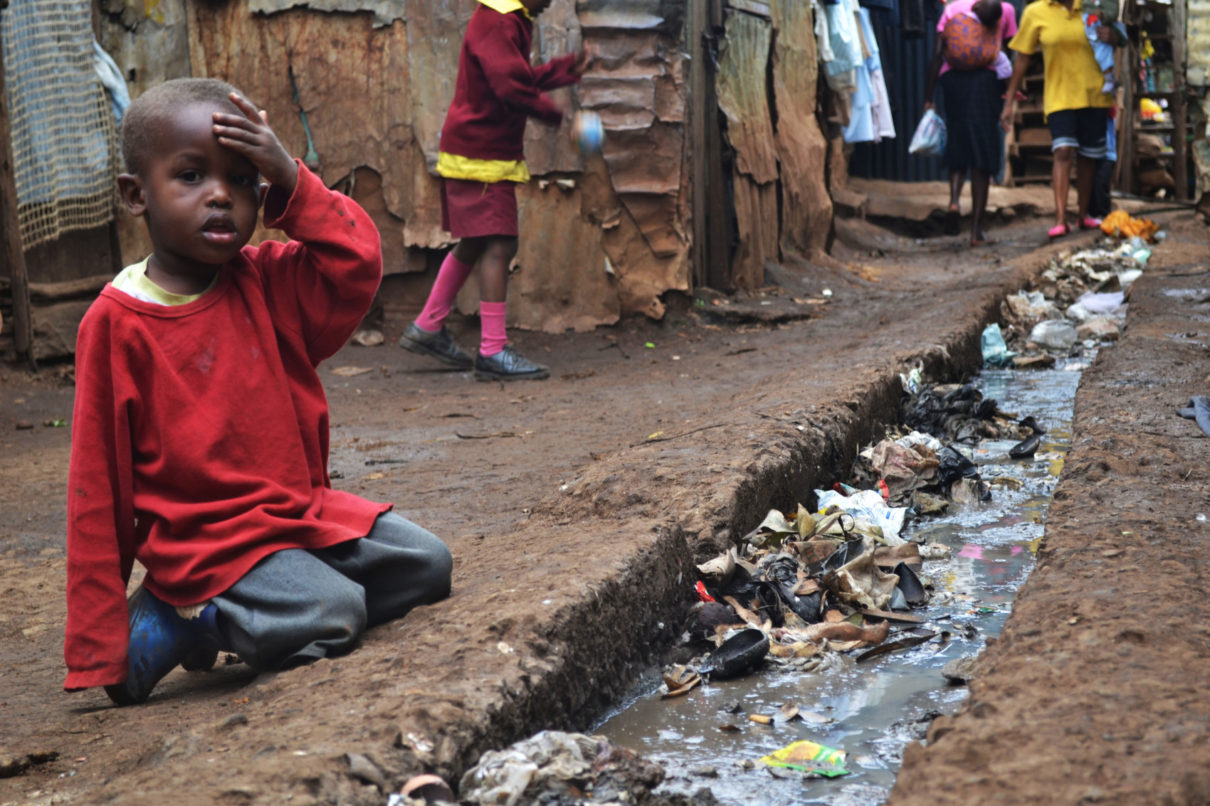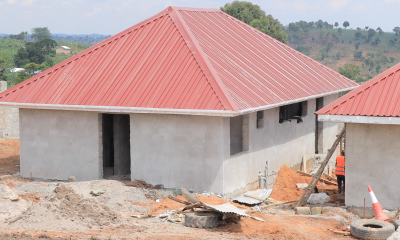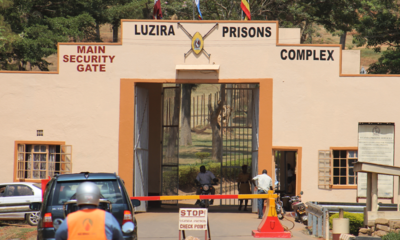The Sustainable Development Goals (SDGs) were established by the United Nations in 2015 as a global blueprint for a more equitable, sustainable, and prosperous world by 2030.
Among these goals, SDG 1 aims to eradicate extreme poverty, while SDG 10 strives to reduce income inequality. However, recent developments, including the COVID-19 pandemic and the Russia-Ukraine war, have thrown these goals into question. Its getting clearer that SDG 1 and 10 may remain unattainable within the designated timeframe.
The COVID-19 Pandemic: A Setback for Poverty Reduction (SDG 1)
Prior to the COVID-19 pandemic, significant progress had been made in reducing global poverty. However, the pandemic reversed many of these gains.
According to the World Bank, the pandemic pushed an additional 88 million to 115 million people into extreme poverty in 2020, erasing years of progress. The pandemic’s economic fallout, including job losses and disruptions in education, disproportionately affected vulnerable communities and exacerbated existing inequalities.
The economic impact of the pandemic has been particularly harsh on low-income countries and marginalized populations. The pandemic has exposed the fragility of social safety nets in many nations, leaving millions without access to basic necessities like food, shelter, and healthcare. In this context, it becomes increasingly challenging to envision the eradication of extreme poverty by 2030, as envisioned in SDG 1.
Widening Inequalities (SDG 10)
Inequality primarily revolves around the distribution of power, resources, individuals’ rights, and their access to opportunities.
To some extent, inequality is an inherent aspect of society. However, it becomes problematic when it hinders people from leading decent lives and exercising their rights.
The wealth gap has worsened since the onset of the Covid-19 pandemic, further skewing power dynamics and obstructing efforts to alleviate poverty in all its forms.
Poverty and inequality are intricately linked, and it is impossible to effectively combat poverty without addressing inequality. The connection between these two issues is multifaceted, encompassing various aspects.
Our world is characterized by significant disparities, where extreme affluence coexists with extreme destitution.
The least affluent 50% of the world’s population collectively possesses only 8% of the total income, while the wealthiest 10% of the global population garners more than half of the total income.
The Russia-Ukraine conflict, ongoing since 2014, has had far-reaching consequences, not only for the region but also for global stability and SDG 10, which aims to reduce inequalities.
Conflict disrupts economies, displaces populations, and deepens social divides. Ukraine, once considered the “breadbasket of Europe,” has seen its economy suffer, leading to increased poverty rates.
Evidence from sources like the United Nations Development Programme (UNDP) and international humanitarian organizations highlights the disproportionate impact of conflict on marginalized groups, such as women and children.
Displacement, violence, and the breakdown of social services exacerbate inequalities and hinder progress towards the goal of reduced inequalities (SDG 10).
Challenges to Achieving SDGs 1 and 10 by 2030
- Financial Resources: Achieving SDGs requires significant financial investments. However, the economic shocks caused by the COVID-19 pandemic and the diversion of resources towards pandemic response have strained the ability of many countries to allocate sufficient resources to poverty reduction and reducing inequalities.
- Access to Healthcare and Education: The pandemic exposed disparities in access to healthcare and education. Inadequate healthcare systems and interrupted education have disproportionately affected the poor and marginalized, hindering their ability to escape poverty and reduce inequalities.
- Political Instability: Conflict, such as the Russia-Ukraine war, leads to political instability, which can deter foreign investments, hinder development, and perpetuate inequalities.
- Climate Change: Climate change, another global challenge, intersects with poverty and inequalities, creating a vicious cycle. Vulnerable communities are often hit hardest by climate-related disasters, making it difficult for them to escape poverty.
While the aspiration to achieve SDG 1 (No Poverty) and SDG 10 (Reduced Inequalities) by 2030 remains commendable, the evidence-based facts paint a grim picture.
To make progress towards these targets, the international community must commit to addressing the root causes of poverty and inequalities, investing in healthcare and relevant education, resolving conflicts, and combating climate change.
The path ahead may be arduous, but it is not impossible.


















